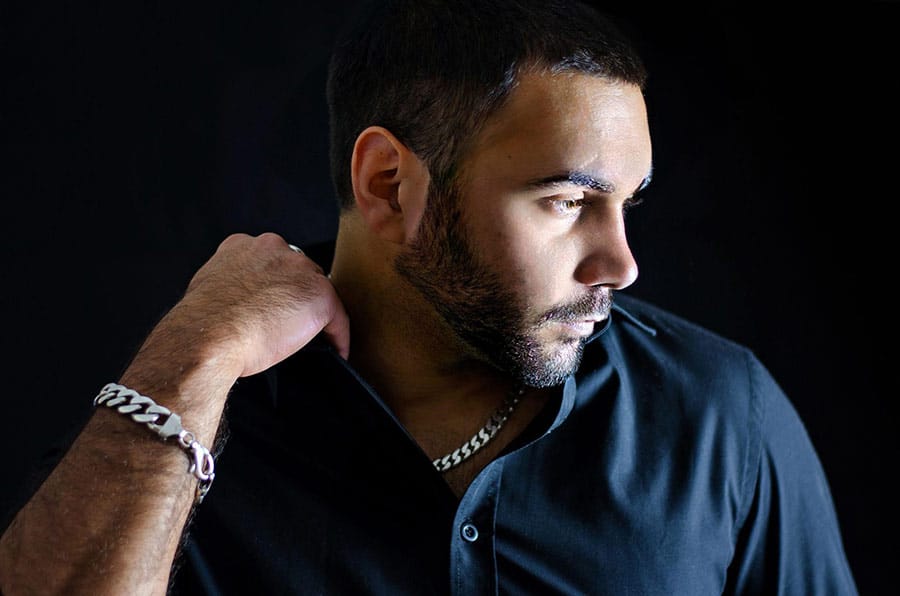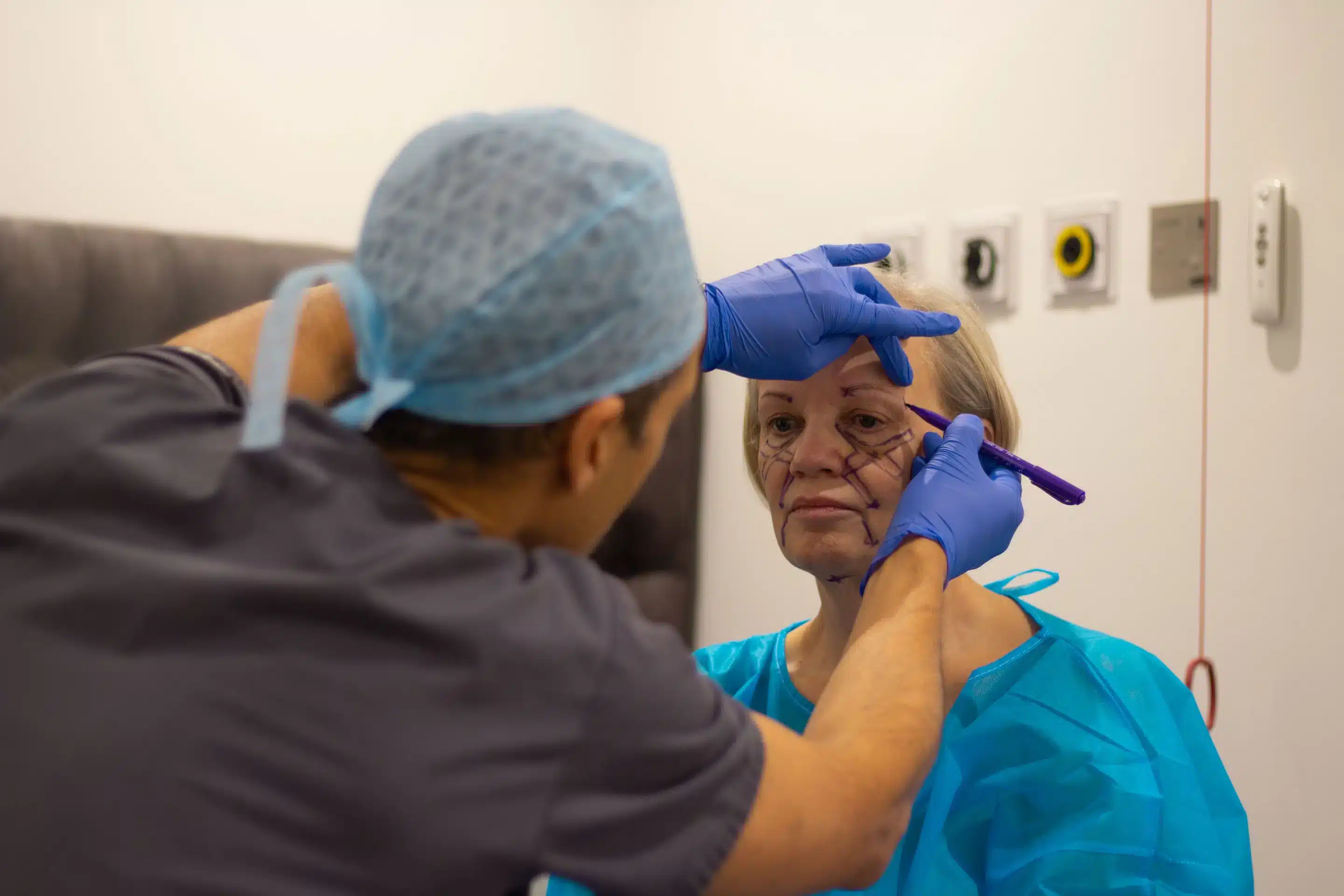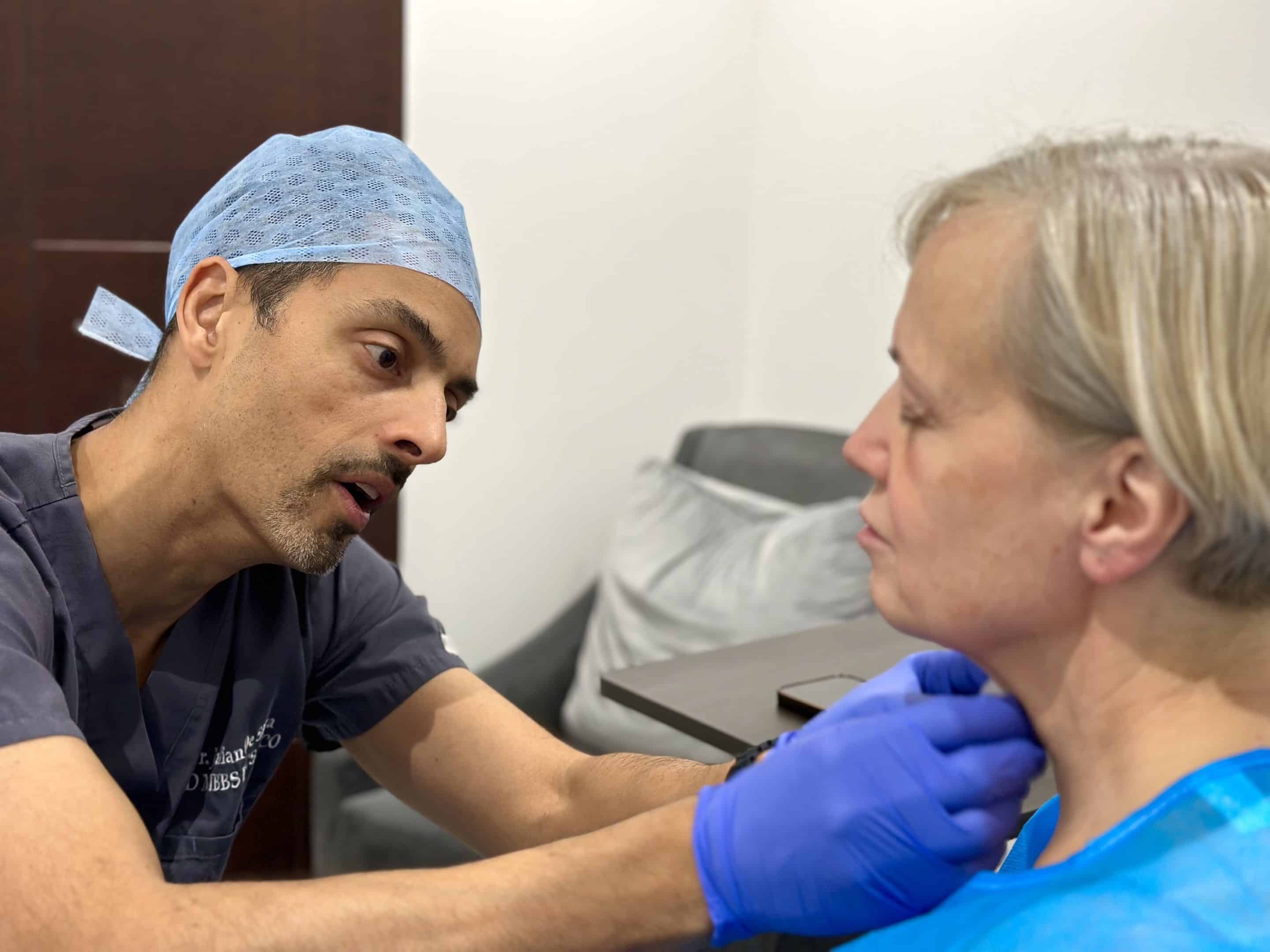Knowing scar removal surgery cost helps you make an informed decision about getting the treatment.
Scars, especially the big, unsightly ones, can change your appearance. If you have been wanting to remove your scars, you must know the scar removal surgery cost first.
But is scar removal really worth your hard-earned money? What exactly are the benefits of surgery scar removal? What types of scars does surgery remove?
In this article, I will talk about the types of scars surgery can remove and scar removal surgery cost. I will also discuss why facial scar removal is the best option.
Types of Scars
A scar removal surgery cost includes treating many types of scars.
Here are the types of scars surgical scar treatments UK can remove:
1. Normal Scars
Normal scars are produced by the body’s healing process. Usually, normal scars do not become large. They also eventually fade and flatten.
Other than minor wounds, scars can also come from cuts or slightly deep scratches. At first, these scars leave raised lines. However, it will gradually fade as long as it does not get infected.
These types of scars can take up to two years to fade. However, It does not totally disappear. Normal scars typically leave visible marks or lines.
Furthermore, normal fine-line scars can be itchy for a few months. These normal scars are either caused by a wound or surgery. On the other hand, they are not painful and gradually flattens out as they heal.
Lastly, normal scars which are flat often come in pink or red colors. These scars may eventually become slightly darker or lighter than the surrounding skin.
2. Keloid Scars
Keloid scars are a product of an extreme and aggressive healing process. These scars are huge and raised.
Normally, keloid scars come in colors of pink, purple, or red. Also, they can become darker than the rest of the surrounding skin. Other times, keloid scars have the same color as the surrounding skin.
Additionally, Keloid scars can appear on any part of the body. However, keloid scars can be commonly found on the head. It’s mostly on the earlobes after having piercings. Keloid scars can also be frequently found on the shoulders, neck, and upper chest.
No one is exempted from the possibility of getting keloid scars. However, people with dark skin have higher chances of getting keloid scars.
Keloid scars can develop after minor skin damage. This can be from a piercing or an acne mark. Then, keloid scars spread beyond the area from where the initial damage was.
These types of scars extend beyond the area of damage. Therefore, it can hinder movement over time. Also, keloid scars do not fade away without proper treatment.
3. Hypertrophic Scars
Hypertrophic scars, similar to keloid scars, result from an overproduction of collagen at the area with the wound.
Normally, hypertrophic scars come in colors of pink or red. They also develop one to two months after incurring trauma.
Hypertrophic scars can appear in any part of the body. However, these scars commonly occur in areas where the skin is tight.
Although hypertrophic and keloid scars seem similar at first glance, they have many differences. In contrast to keloid scars, hypertrophic scars remain confined to the injury site.
Moreover, hypertrophic scars gradually diminish over time. They thicken for up to six months and then gradually improve over subsequent years.
4. Contracture Scars
Contracture scars are a type of scar that are a product of burns. Burns are painful. Therefore, the scars they produce become painful as well. If your skin was burned, then you most likely incurred a contracture scar.
The skin may acquire a lot of damage from burns. Particularly, contracture scars tighten your skin. These types of scars also become too sensitive.
Contracture scars may lead to functional and aesthetic problems. Also, contracture scars can affect the way you move. Contracture scars can cause extreme pain on joints and other body parts you always move. As a result, they limit your body’s movement.
Also, contracture scars leave unsightly marks. These marks appear extremely wrinkly. They also come in colors of red and pink. Additionally, these scars can completely change the way you look when they appear on your face.
Contracture scars may go also deeper into your skin. In some cases, they can affect the nerves and muscles.
5. Pitted Scars
Skin conditions such as chickenpox and acne produce pitted scars. Pitted scars can also be caused by an injury or loss of underlying fat. These scars are also known as atrophic or ice pick scars.
Pitted scars have a sunken appearance. Due to this, many people treat this as an aesthetic issue.
Though the appearance of pitted scars may improve over time, they might not totally disappear. Therefore, if you want to get rid of them, you need to seek professional help.
Scar Removal Surgery Cost
A scar removal surgery cost includes surgeon fee, anaesthesia cost, consultation fee, and more.
Here are the things included in scar removal surgery cost you have to prepare to pay for:
1. Surgeon Fees
Fees vary from one cosmetic surgeon to another. Usually, more experienced surgeons charge higher than less experienced doctors.
Despite the higher cost, more experienced surgeons are always worth the price. More experienced surgeons perform safer scar removal surgeries. Depending on the surgeon’s practice expenses, the surgeon determines the fee.
2. Anaesthesia
The anaesthetic fee is frequently another cost that’s separate from the surgeon fees.
How much you have to pay for this depends on many factors, such as the nature of the surgery, kind of anesthesia administered, time of surgery, anaesthesiologist’s experience, and the like.
3. Use of the Facility
A scar removal surgery cost usually invovles the facility fee.
In most cases, scar removal surgery doesn’t make you stay overnight at the facility. However, you have to pay for being in the clinic.
For one, the facility needs to be cleaned. In addition, you have to pay for the maintenance of tools and equipment.
4. Consultation
Some cosmetic surgeons charge a consultation fee. Other cosmetic surgeons don’t. You might be required to pay a consultation fee on top of the cost of your surgery. This depends on your doctor.
At my clinic, the Centre for Advanced Facial Cosmetic & Plastic Surgery, the consultation fee gets deducted from your scar removal surgery cost.
5. Travel
Comparing the cost of cosmetic surgery in your country to another country can be challenging.
On top of that, you should also calculate the total cost of having your procedure done overseas.
Additionally, since you will be traveling abroad, you will need to add in the cost of getting to and from your destination. This will also include the cost of accommodations and transportation while you are there.
6. Pre-Operative Processes
A scar removal surgery cost includes the cost of pre-operative processes.
The preoperative period may last for months for patients who have their surgery planned. Some patients require extensive testing in order to determine whether they can tolerate the surgery and anaesthesia.
Others patients require a certain period of time. During this time, they work to improve their overall health under the care of the preoperative team.
In addition, your surgeon may order you to undergo a series of tests. The tests are done to make sure you are healthy enough to tolerate the stresses of surgery. These tests may range from blood tests, chest x-rays, and stress tests. This also includes imageing tests like CT scans, MRI, Ultrasound, or PET scans. Any additional tests that the surgeon deems necessary will also be done.
The cost of these tests can range from hundreds of pounds to thousands of pounds.
7. Postoperative Care
Aftercare support is necessary for some patients. Other patients might also need post-op consultation. Your doctor may include aftercare-related expenses in your bill.
8. Time Off of Work
Factoring in the cost of scar removal surgery, consider the financial implications of taking leave from your job. The recovery phase post a cosmetic operation can vary in duration.
The healing process is unique for each individual and hinges on several aspects. These can range from the type of surgery undergone to your overall well-being.
Given these variables, it’s crucial to consult with your cosmetic surgeon about the expected duration of your recovery.
Why Surgery Is the Best Treatment to Remove Scars
Undergoing scar removal surgery has its perks, including lasting effects and a boost in self-confidence.
Here’s why many consider surgery the top choice for facial scar treatment:
1. Surgery offers permanent results.
While non-invasive facial treatments have their merits, they typically provide short-term outcomes. For long-lasting effects, non-surgical methods might need to be done repeatedly.
In contrast, surgical options promise extended, often permanent results. A surgical approach addresses scars effectively, particularly if the skin is taut. Surgeons can employ specific techniques that align and relax the skin perfectly.
Surgical strategies for scar amelioration differ based on the scar’s nature. Options might involve grafting skin to mend extensively damaged areas or layered closures to attend to both superficial and deeper skin layers.
It’s pivotal to remember that changes from surgery can be profound, influencing both how you feel about yourself internally and externally.
2. Scar removal surgery enhances your look.
Scars can manifest in diverse ways – they might be raised, recessed, discoloured, or even cause discomfort. Thankfully, surgical scar treatments can mitigate scar visibility, whether they stem from accidents, previous surgeries, or other incidents.
While it’s a myth that scars can be wholly erased, surgical interventions can significantly soften their appearance, making them almost imperceptible.
Opting for scar removal surgery can enhance your social and professional interactions. Especially in professions where your look plays a pivotal role, the benefits can be substantial.
3. Surgery scar removal gives you more confidence.
Paying for a scar removal surgery cost can increase your confidence.
While scars might linger for years, treatments can rejuvenate your skin’s texture, often in conjunction with other cosmetic procedures.
Most individuals pursue these procedures to refine their aesthetics, leading to a surge in their self-worth. A renewed appearance often instills heightened self-belief, prompting a more vivacious engagement in social contexts.
4. Scar removal surgery can prevent complications
Scars might limit movement in certain areas. In places with less skin flexibility, this could result in contractions. Scar revision surgery can liberate these constraints, reinstating full mobility.
Furthermore, scars can sometimes be intensely painful, more so if neuromas develop. Surgical intervention can ward off these ensuing complications.
5. Surgery scar removal can be more cost-effective in the long run.
In the grand scheme of things, surgery can be more wallet-friendly, especially if multiple treatments are in the cards. Even if the initial outlay seems steep, remember that the benefits are long-lived.
Conclusion
While there’s an array of treatments for facial scars, the best fit is subjective, depending on your personal preferences, budget, and the scar’s specifics.
It’s paramount to collaborate closely with a top-tier facial plastic surgeon in the UK to pinpoint the optimal solution. While scars might never vanish completely, the right treatment can render them barely noticeable.
Fancy a chat with one of the UK’s premier cosmetic surgeons? Book a consultation with me today!












